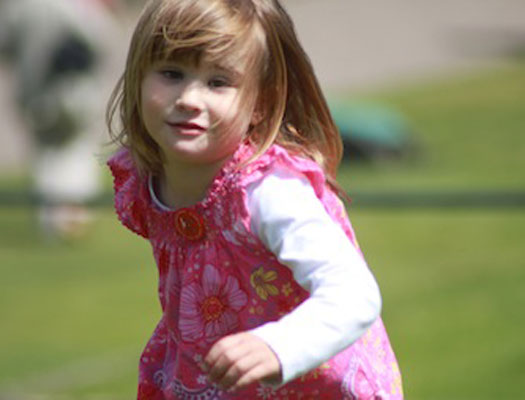Articles
Autism and the Control of Movement

Many parents with an autistic child state that they often appear clumsy and awkward in sporting activities. A neurologist in the States, Stewart H. Mostofsky, may have found a reason why. Published in the April 23 issue of the Brain, Mostofsky reports that the brain of children with autism appear to work differently when performing a simple motor task, compared with the brains of typically dveloping children..
Mostofsky's research team used functional magnetic resonance imaging (fMRI) to create images of the brain's motor control regions while 13 typically developing children and 13 high functioning children with autism, all ages 8 - 12 years, performed a series of finger movements. The results showed that during the finger tapping exercise, the brain activity increased in the sensorimotor cortex, thalamus, cerebellum and supplementary motor area in both children. These are all areas of the brain assoicated with motor movement. However, the activity in the cerebellum was lower in children wth autism compared to typically developing children.
This is of interest as the cerebellum is the part of the brain that is responsible for 'taking over' the control of movement, so it can become automatic and not reply on the 'thinking parts of the brain' to control the movement.
In addition to reduced activty in the cerebellum the children with autism showed a higher level of activity in the supplementary motor cortex, indicating that they needed to 'think' more about movement, and therefore were not developing automatic control and relied on a 'top-down' approach.
Greg Allen, Educational Psychologist who specialises in the diagnosis of autism, but not involved in the research commented to say that this was an important contribution as it confirms that the cerebellum is compromised in individuals with autism. The cerebellum affects the connectivity in other brain systems, and is known to decrease the level of communication between different parts of the brain, especially those that rely on 'long distance' connections rather than the small area connections which overgrow and form more connectiosn than normal, in the brains of children with autism.
It is evident from this research that making sure the cerebellum is stimulated is an important aspect of therapy, to help children with autism develop greater access to automatic movement whilst also helping to stimulate interconnectivity within the brain and the central nervous system.
You might also be interested in

The Hemispheres Conceptual Model - Underpins our way of working.

Hemispheres Pyramid of Development and Learning

The Primitive and Postural Reflexes as defined by Hemispheres
Copyright © 2026 | Privacy Policy


